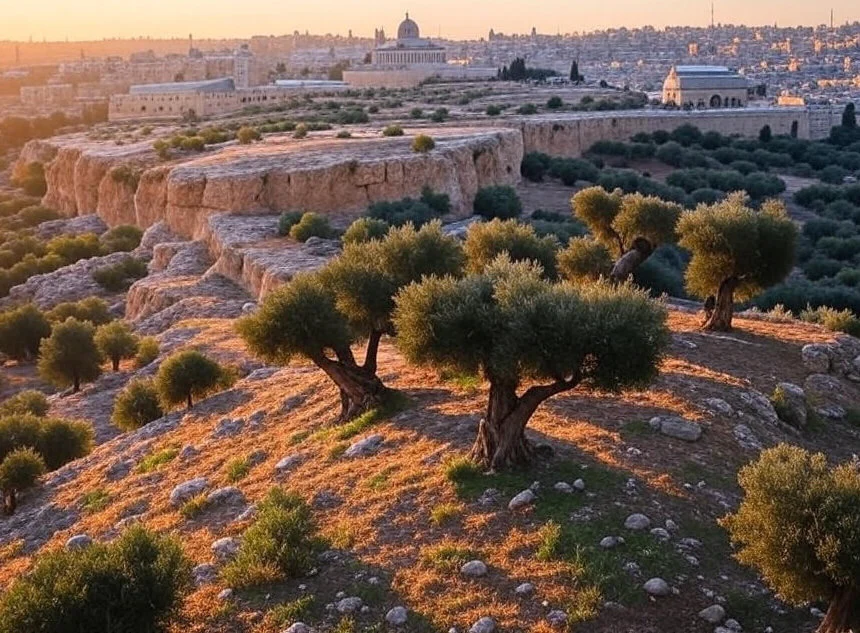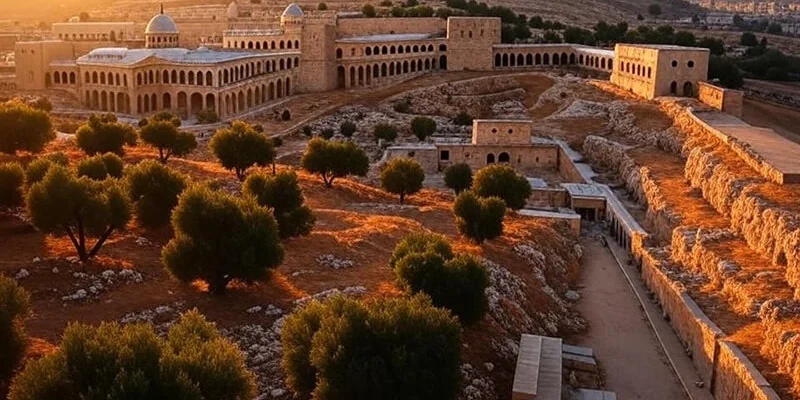Where Are the Biblical People Buried?
Many people in the Bible lived long ago. Their graves hold great meaning for believers. These places show respect, history, and faith. Some tombs still exist. Others are lost. But all are part of the story.
Abraham and Sarah’s Tomb
Abraham is a key figure in the Bible. He is called the father of many nations. The Bible says he and his wife Sarah were buried in the Cave of Machpelah. This cave is in Hebron, in today’s West Bank. It is also called the Tomb of the Patriarchs.
Fact: Genesis 23 tells how Abraham bought the cave from Ephron. It was the first land he owned in Canaan.
Moses: No Known Grave
Moses led the people out of Egypt. He gave them the Ten Commands. But he died before entering the Promised Land. The Bible says God buried him in Moab, but “no one knows his grave.”
Example: A boy named Eli once asked his rabbi, “Why can’t we visit Moses’ tomb?” The rabbi said, “His work lives in us. That is his grave.”

King David’s Tomb
David was a strong king and a poet. The Book of Kings says he was buried in Jerusalem, the City of David. Today, there is a site called King David’s Tomb on Mount Zion. Some believe it is the real place. Others are not sure.
Study: In 2014, Israeli scholars checked the site. They found old graves but could not prove one was David’s.
Jesus’ Burial Place
Jesus died on a cross. His body was placed in a rock tomb. The Church of the Holy Sepulchre in Jerusalem is one place said to hold his tomb. Another place, the Garden Tomb, is also believed by some to be the right one.
Fact: The Church of the Holy Sepulchre was built in 326 AD by order of Emperor Constantine’s mother.
Paul the Apostle
Paul wrote many letters in the New Testmnt. He was jailed and killed in Rome. His tomb may be at the Basilica of Saint Paul Outside the Walls in Italy. A sarcophagus marked “Paul” lies under the altar.
Conclusion
The graves of Bible people help us connect with the past. Some we can visit. Some are lost. Still, their stories stay with us. These tombs are not just old rocks. They are signs of lives that shaped faith.
Read More: https://www.jiahengstone.com/blog







